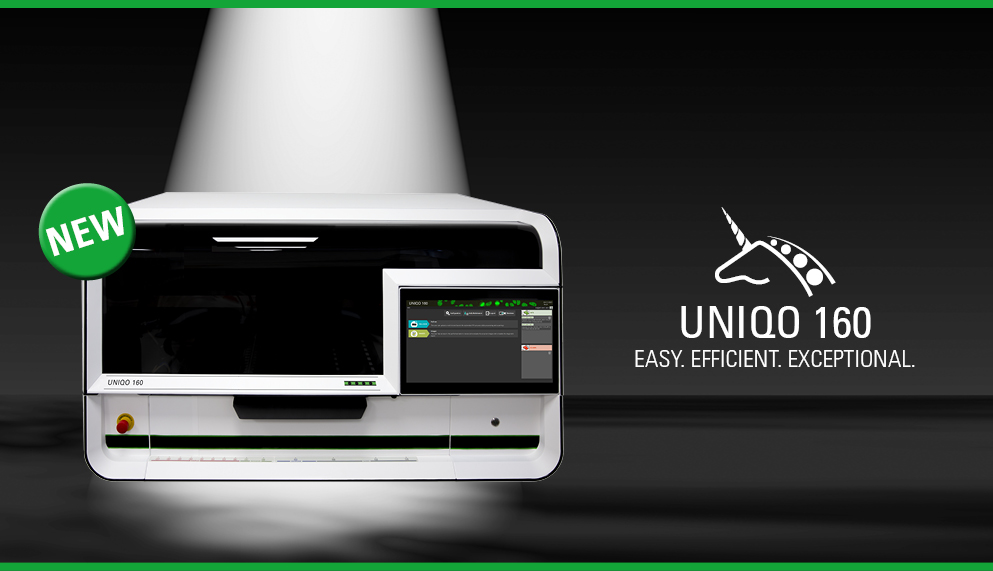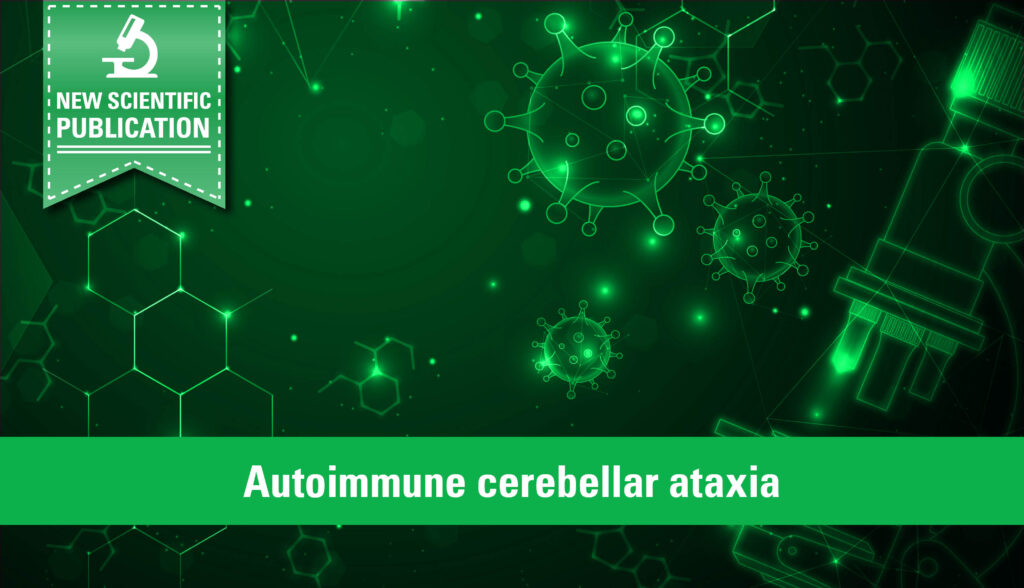A life-saving diagnosis thanks to comprehensive antibody testing – a motivating success story
In our latest video, Mr Mende tells us how autoantibody determination completely changed his prognosis. For the past six years, Mr Mende has suffered from necrotising myositis, an autoimmune disease that mainly affects the connective tissue and muscles. Today he is treated with immunosuppressants and is doing well, but receiving this diagnosis and successful therapy […]




